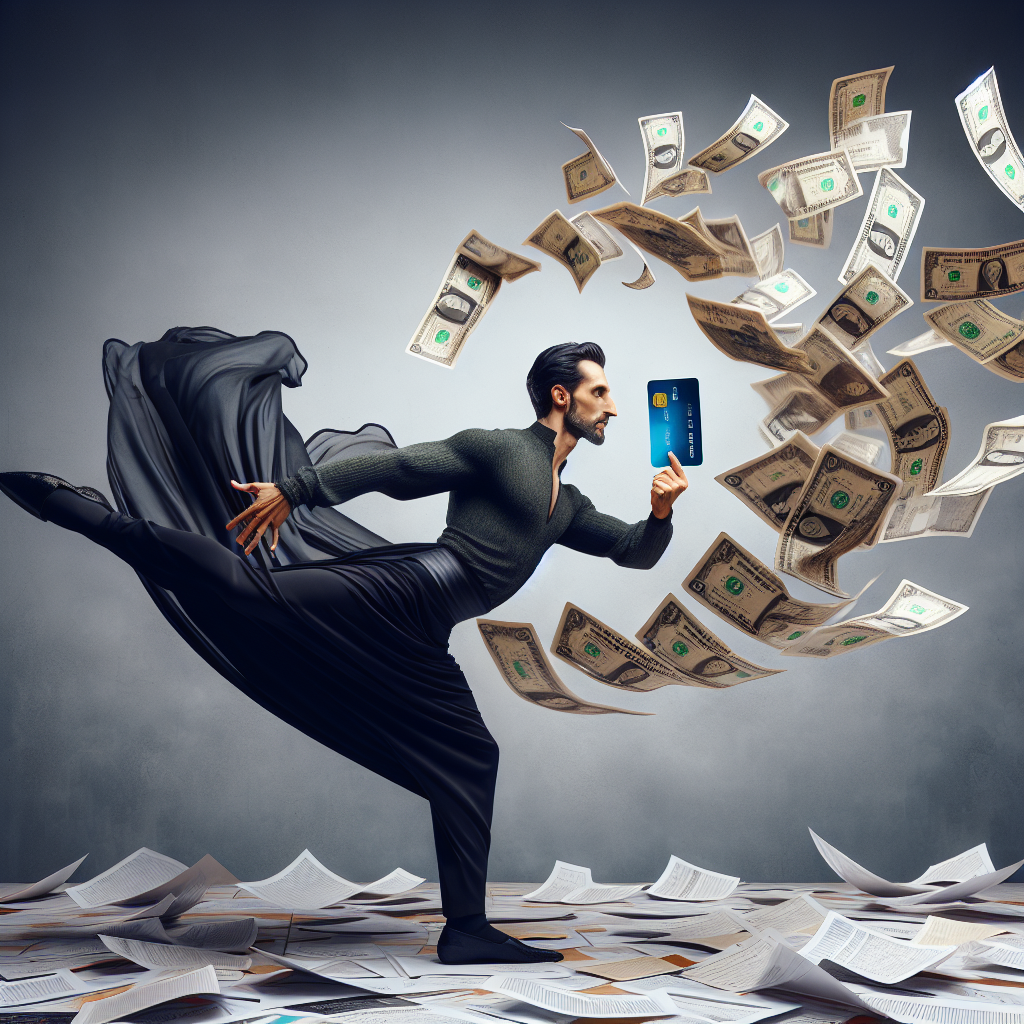Essential Insights at a Glance
- Holding onto a credit card balance beyond your grace window triggers interest to stack up, escalating until you wipe it clean.
- If this marks your maiden voyage carrying a balance, stay calm — a solid repayment plan coupled with punctual monthly payments keeps trouble at bay.
- Since you’re maintaining a balance, shifts in your credit score might pop up due to how much credit you’re currently using.
Understanding the Nuances: Statement Balance vs. Current Balance
The grace period your card offers acts like a breathing room between billing cycles — it’s when you can clear your balance sans interest. Usually, this span mirrors your billing cycle length. But beware: making fresh charges during this time means what you owe now (your current balance) won’t match the snapshot on your last statement.
If you’ve settled your previous statement balance entirely but your card shows charges from the newest cycle, technically, no balance is being carried, and interest hasn’t kicked in on those fresh purchases yet.
Simply put: a carried balance only exists if you leave your statement balance unpaid after the grace period lapses, letting it roll forward.
What’s the Deal When You Carry a Credit Card Balance?
Interest Starts to Pile Up
If you let your balance linger past your grace period without paying it off fully, your issuer will begin tacking on interest — not just on the old balance but also on any new charges. This interest creeps up quicker than you might expect, so vigilance over your balance is wise.
Say Goodbye to Grace Periods
Once your grace period fades with an unpaid balance, interest will slap onto new purchases immediately. The silver lining: regaining your grace period kicks in when you clear your balance in full again.
Your Credit Score Could Take a Hit
Your card issuer reports your balance status to credit bureaus. If you’re carrying debt, your credit utilization spikes, which could drag your score down temporarily. But as soon as you zero out your balance, expect your credit score to bounce back.
Heads up: Missing payments lengthens recovery time for your credit score. Staying current—even with minimum payments—helps keep your credit standing intact.
Crunching the Numbers: What Interest Costs to Expect
If you’re juggling a balance for the first time, naturally you’re curious about interest costs. The tally hinges on your card’s APR and the way interest is chalked up.
During your grace period, some credit cards offer intro deals like 0% APR on purchases for 12 months, allowing you to avoid interest temporarily. Without such a deal, interest typically compounds daily.
| 20.09% | 0.055% | $1,000 | $0.55 |
Breaking it down: with a 20.09% APR, your daily interest rate is approximately 0.055%. If you owe $1,000, the first day interest adds up to around 55 cents. On day two, interest is calculated not just on $1,000 but on $1,000.55, causing the debt to snowball until cleared.
Don’t expect daily penny-by-penny updates; interest piles up quietly and reveals itself fully only on your billing statement. Many are shocked by how swiftly this adds up over a month — underscoring the importance of quick payoff.
Why Some Carry a Credit Card Balance
While ideally avoided, holding a balance can be a practical lifeline during tight financial spells. These scenarios often lead to carrying debt:
- Medical expenses: Unexpected bills might force carrying a balance that gets chipped away over time.
- Balance transfers: Moving debt from high-interest cards to those with introductory 0% APR offers can save money. Such cards grant a window—sometimes over a year—to settle debts interest-free.
Smarter Ways to Tackle Your Credit Card Debt
Speed is your ally when it comes to credit card payments. Don’t wait for the due date to roll around. Here’s how you can get ahead:
- Clear your balance entirely in one payment if you can.
- If not feasible, chip away with smaller, multiple payments until the debt disappears.
- For larger balances, a personal loan might be an option for consolidation and faster payoff.
Because interest compounds daily, even knocking down your balance a few days earlier can shrink the overall interest bite.
Watch Out for Hidden Interest Charges
Paying off your balance doesn’t always mean the interest tab is gone. Sometimes, leftover interest from previous cycles shows up on subsequent statements, even if your balance hits zero.
So, don’t toss aside future statements just because your current balance looks clean. Outstanding interest might still lurk, waiting to be paid off.
Final Words for First-Time Balance Carriers
Carrying a credit card balance for the first time isn’t a crisis—it’s a rite of passage for many. Focus on clearing that debt swiftly, whether by tightening your budget or capitalizing on promotional APR offers.
Remember, you can pay anytime, and multiple payments in a cycle are welcome. The quicker your balance hits zero, the less you’ll pay in interest, and the sooner you’ll reclaim freedom from credit card debt’s grip.
